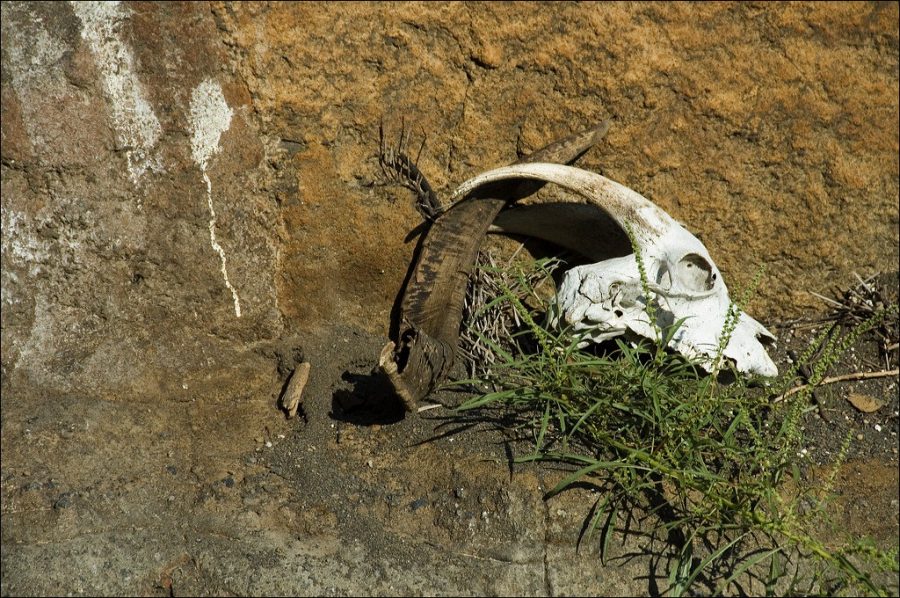The War on Goats
Source: Christopher C. Walker
“cwalker_060414_0620.jpg” by cwalkatron is licensed under CC BY-NC-ND 2.0
Background
The Galapagos Islands are famous for their natural biodiversity, and Charles Darwin even came up with the theory of evolution there. Many species can only be found there, like the Galapagos Tortoise. In 1959 three goats got on to the main island, and then around 14 years later, those three goats multiplied to an estimated 30,000 goats, and by the 1990s, there were over 250,000 goats on the islands. These goats ate the native vegetation, and the animals like the Galapagos tortoise starved and dropped in numbers from almost 250,000 before the goat infestation to a measly 3,000 by the 1970s. It was clear that something had to be done about this, so the country of Ecuador declared war on the goats.
Project Isabella
The war on goats started in the 1970s and was called Project Isabella. The goal of Project Isabella was to eradicate all goat life on the islands, and at first, groups of hunters simply killed goats as they found them, but this was too slow and ineffective, so a new plan had to be conceived. There were many plans to do this, like some crazy ones which had lions eat the goats. It was eventually settled that they would have helicopters with two gunmen on each side round up the goats and shoot them. This plan was very effective in killing around 90% of the goats in the first year, but many goats still remained, and these goats would avoid the helicopters making this strategy ineffective at killing the last goats. A new plan was formed with the Judas goat. The plan was to have a goat wear a GPS tracker and then free it so that it would lure the helicopters to a group of goats and kill them. This plan worked, and by 2006 the main islands were declared free of goats, and the war was over with a human victory.















